
Bamboo boards are quickly becoming a popular choice among building materials wholesale distributors. The Food and Agriculture Organization (FAO) of the United Nations has researched the growing demand of bamboo and reported extensively on their findings, you can read their report here. The most important indicator of the growing demand for bamboo products is the fact that between 1990 and 2020 the area of planted bamboo increased by 50% to 35 million hectares (or 86.5 million acres, or 3.8 trillion square feet).
It’s easy to see why: bamboo is a highly renewable resource, it’s durable, and it has a unique, attractive look that adds character to any space. But with so many options available, how do you know which bamboo board is right for your project? In this blog post, we’ll explore the differences between horizontal, vertical, and strand woven bamboo boards, and discuss the pros and cons of each type.
Choose High-Quality Laminated Bamboo Lumber
When sourcing laminated bamboo lumber for outdoor projects, opt for high-quality materials. As a building material supplier, it’s essential to provide your clients with products that have undergone rigorous quality control and adhere to industry standards.
Architects, designers, and builders should work closely with reputable suppliers like Coastal Custom Products (CCP) to ensure the durability of the bamboo lumber they use.
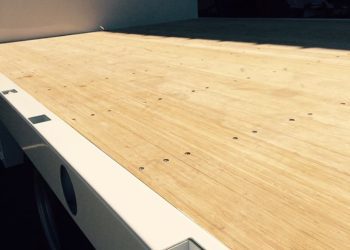
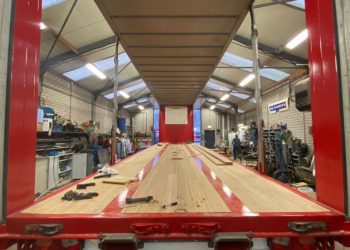
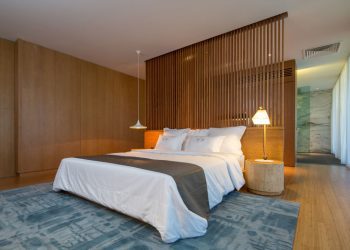
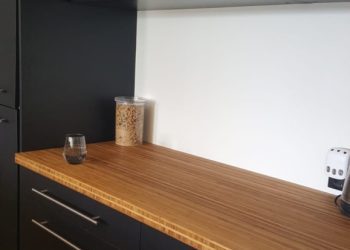

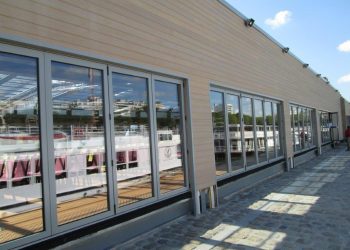

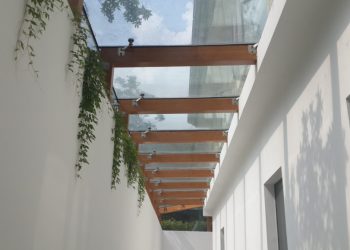
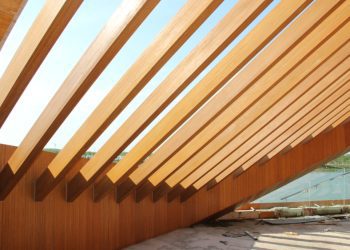
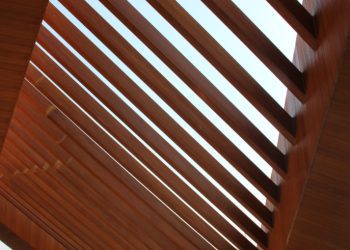
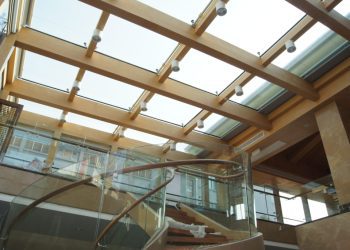



Horizontal Bamboo Boards
Horizontal bamboo boards are made by laminating strips of bamboo together with their flat sides facing up. This results in a board with distinctly visible bamboo nodes (or knuckles) running across the surface. These nodes give the board a more natural, organic look that many people find appealing. Horizontal boards are typically the least expensive option in the bamboo board market. They are also the softest and least durable, which makes them a better choice for low-traffic areas or decorative pieces. One advantage of horizontal boards is that they are easier to sand and refinish than their vertical or strand woven counterparts.
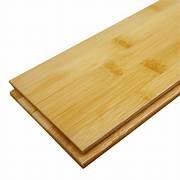
Vertical Bamboo Boards
Vertical bamboo boards are made by laminating bamboo strips together with their edges facing up. This results in a board with a smoother, more consistent appearance, with the nodes less visible than on horizontal boards. Vertical boards are harder and more durable than horizontal boards, making them a better fit for high-traffic areas like flooring. They are more expensive than horizontal boards, but still relatively affordable compared to other wood flooring options. Vertical boards are also easy to stain, which can help achieve a custom look for your project.
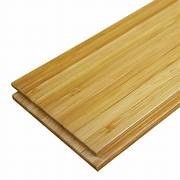
Strand Woven Bamboo Boards
Strand woven bamboo boards are made by shredding bamboo fibers and then compressing them using heat and resin. This results in a board that is significantly harder and denser than traditional bamboo boards, making it ideal for flooring. Strand woven boards have a unique look, with a highly textured surface and a distinct pattern. They are also the most expensive option in the bamboo board market, but their durability and resistance to moisture and scratches makes them a good long-term investment. Strand woven bamboo is also available in a variety of colors and patterns, which can add a bold statement to any project.
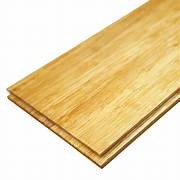
Pros and Cons of Each Type
Vertical Bamboo Boards
Pros: harder, more durable, easy to stain
Cons: more expensive than horizontal boards
Cons: more expensive than horizontal boards
Horizontal Bamboo Boards
Pros: affordable, natural look, easy to sand and refinish
Cons: softest and least durable
Cons: softest and least durable
Strand Woven Bamboo Boards
Pros: significantly harder and denser, unique texture and pattern, resistant to moisture and scratches
Cons: most expensive option, limited options in color and pattern
Cons: most expensive option, limited options in color and pattern
Whether you’re looking to add flooring to a new build, transform your interior space with an accent wall, or use sustainable materials on your deck, bamboo boards are a great choice for their unique look, durability, and environmentally-friendly properties. By understanding the differences between horizontal, vertical, and strand woven bamboo boards, you can make an informed decision on which type is right for your project. Keep in mind your budget, the level of traffic the area will experience, and the desired aesthetic when making your selection. With the right care and maintenance, bamboo boards can last for years, making them a smart and sustainable choice for your project.
We really love the future potential for laminated bamboo products used as a building material. We would love to hear your thoughts and questions about bamboo, just let us know below.
